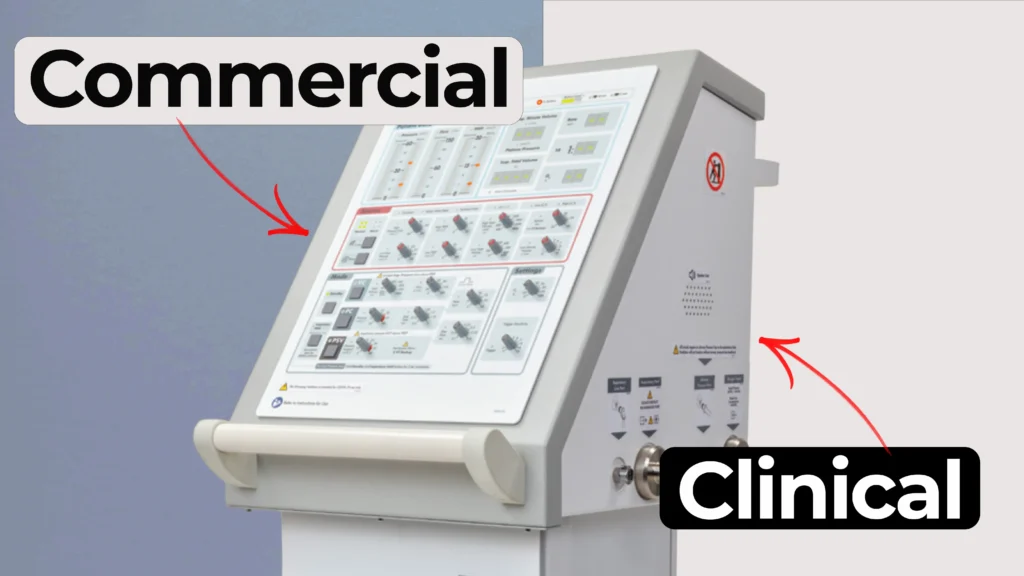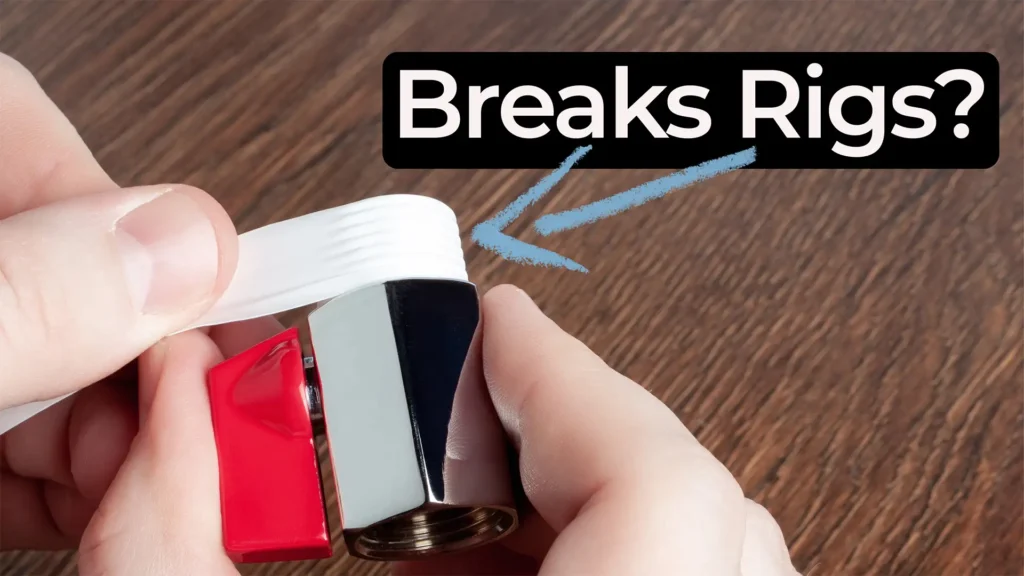
Accommodative Intraocular Lens Technology Explained
In this episode of MedDevice by Design, Ariana and Mark explore how accommodative intraocular lens technology may one day restore natural vision for people who require cataract surgery or suffer from presbyopia. As Mark shares, traditional bifocals are not ideal, and new lens solutions may offer better outcomes.
What Is an Accommodative Intraocular Lens?
When cataract surgery is performed, the natural lens of the eye is typically replaced with a hard plastic lens. Unfortunately, this artificial lens lacks the ability to focus on both near and far objects. An accommodative intraocular lens seeks to solve this problem by mimicking the eye’s natural focusing ability. The lens responds to the eye’s ciliary muscles, allowing it to adjust its shape and focal distance, similar to a healthy, youthful eye.
The Challenge of Developing These Lenses
Currently, most accommodative lenses on the market fall short of fully restoring accommodation. Mark mentions products like Crystalens, which offer some adjustment but not enough for full reading and distance vision without glasses. For many patients, achieving about 1.5 diopters of accommodation is still a challenge. This technical hurdle makes developing a truly effective accommodative intraocular lens complex.
Market Demand and Development Pipeline
As discussed, the market for intraocular lens implants is large and well-established, creating a strong business case. Several companies are actively working on next-generation accommodative intraocular lenses. Mark mentions companies like LensGen, JellySea, Omniview, FluidVision, Synchrony, and TiaVision, all working through clinical studies. However, none have reached full FDA clearance yet.
Why This Lens Technology Matters
Accommodative intraocular lenses offer significant potential to improve quality of life for millions of patients who want to reduce or eliminate their dependence on glasses after cataract surgery. While regulatory pathways and technical feasibility remain hurdles, these emerging devices continue to generate strong interest across the ophthalmology community.
Enjoying MedDevice by Design? Sign up to get new episodes sent to your inbox.
Related Resources

Understanding how clinical ventilator development differs from commercial ventilator design is essential for teams planning early studies.

Nick walks through a practical Teflon tape lesson that came from real work supporting a mechanical test rig.

Most sterile medical devices begin their journey long before anyone thinks about sterilization. Teams focus on function, usability, materials, and suppliers, then discover that sterilization constraints can reshape many of those early decisions.

After years of working with founders and technical teams, I have learned that early design missteps rarely come from engineering flaws. More often than not, they come from missing conversations.
